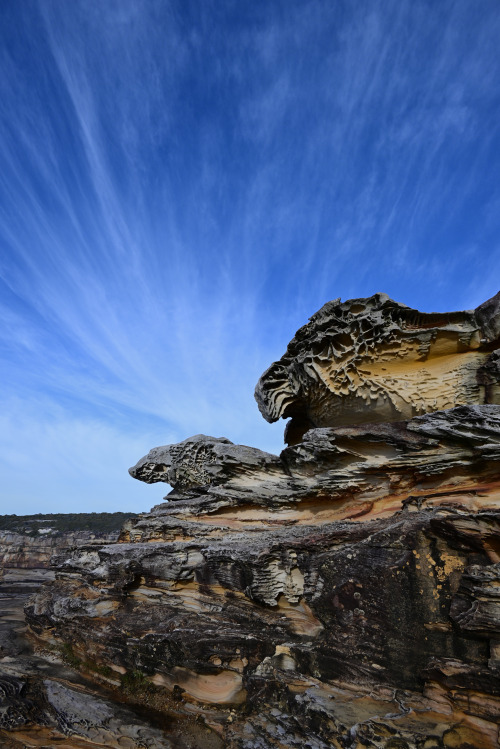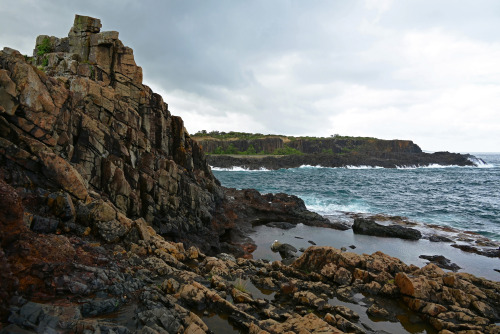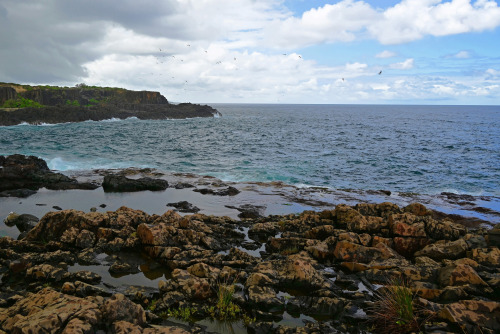#weathering
Alright, here’s a quick summary of the painting process for the rocket pack. First, primer. After primer, lay down some silver/aluminum wherever you think you’re going to want the fancy paint chip. I just do it for high-visibility areas, and anywhere where I need a lot of metal to show through. It’ll make more sense later. Read on!

Step 2: With the silver on, I use Crayola kids “Project Glue” as a masking substance. Just paint that stuff right onto the prop wherever you want your simulated paint chips and scratches to show the silver underneath. Definitely test whatever glue you use before you put it on your prop! I use kids glue because it peals off super easy.

Step 3: So once the masking is all done, it’s time to start laying down your base colours. Boba’s rocket pack in ROTJ actually has the most preschool color scheme you’ve ever seen. Thankfully, weathering is a beautiful thing.

Step 4: details, stencils, stuff. These are just made by verrry carefully cutting stencils out of painters tape–though there are a million ways to make stencils.

Step 5: The good stuff! I start with a “grunge” pass. I’ll do a wash with a sort of oily black-brown, and then airbrush on the accumulation of dirt, dust, carbon, etc. Remember, weathering tells the story of your prop, and it shows if you just put it on randomly. Story is king!

Step 6: last but certainly not least is the “scratches” pass. My favourite. This is where I use a fine pen-knife/exacto blade to peel off the kids glue and reveal the beautiful silver underneath. I ALSO do a fine detail pass with a brush and some Testors silver model paint to put in all the really fine scratches and worn corners and stuff. There are tons of techniques for weathering, and no rules, so have fun! Write your prop’s story. Hope some of this is useful!
Post link
Wave rock around base of the Uluru monolith in Central Australia. An example of erosion-driven sculpting of the bedrock.
Post link








